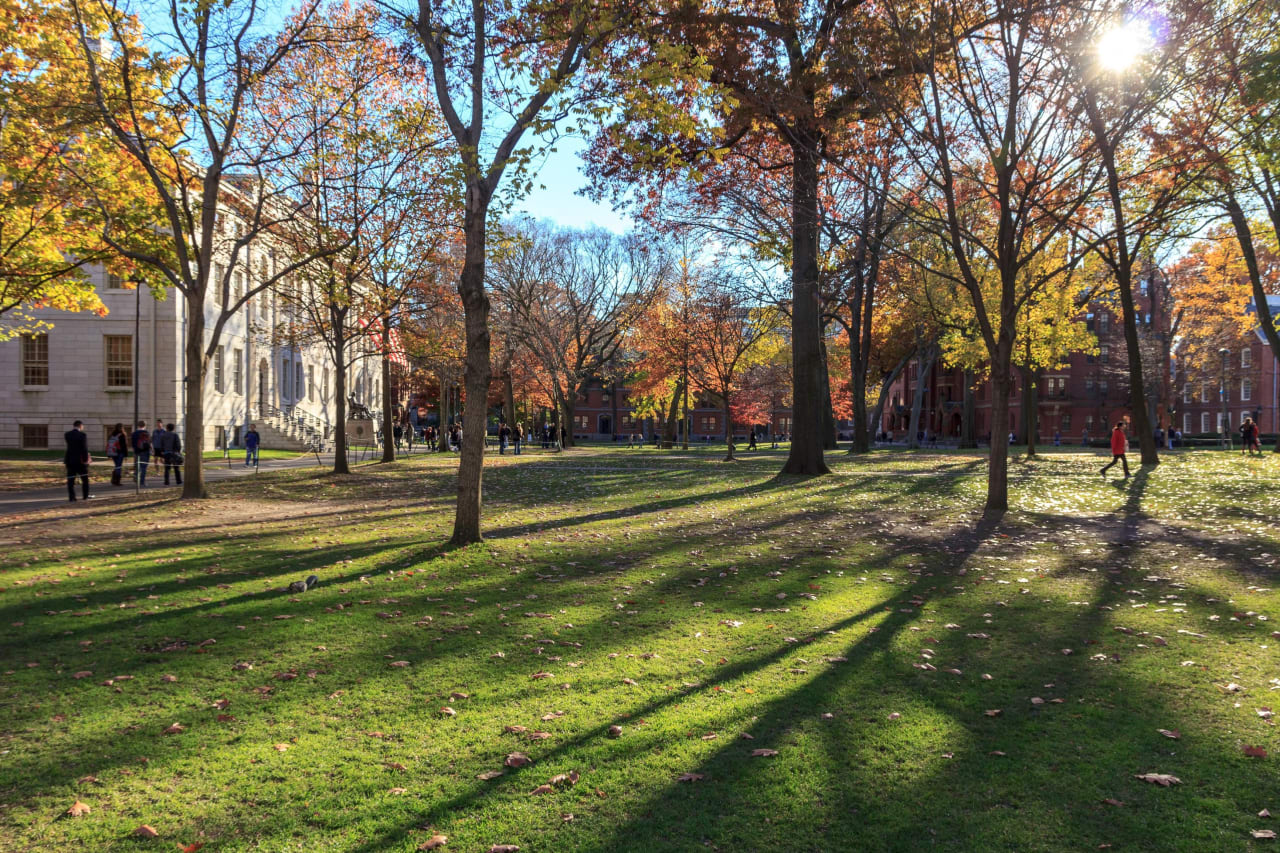
Bachelor in Biology
University Of Wisconsin - Green Bay

Key Information
Campus location
Green Bay, USA
Languages
English
Study format
On-Campus
Duration
Request info
Pace
Full time, Part time
Tuition fees
Request info
Application deadline
Request info
Earliest start date
Sep 2024
Scholarships
Explore scholarship opportunities to help fund your studies
Introduction
The Biology program provides insights into living systems from the sub-cellular level to the ecosystem level. The Biology major prepares students for careers in cell and molecular biology, biochemistry, plant and animal biology, genetics, physiology, ecology, and field biology. A curriculum can be developed to prepare for medical, dental, veterinary, agriculture, or other professional schools, or for graduate study. The major also establishes a foundation for interdisciplinary careers in biological resources management, human biology, nutritional sciences, and science communications (technical writing, journalism, and nature interpretation).
Biology graduates are employed in industry (pharmaceuticals, paper making, food processing, hospitals and clinics, agriculture, and others); government agencies (Environmental Protection Agency, Food and Drug Administration, Fish and Wildlife Service, Forest Service, Bureau of Land Management, Department of Agriculture, Wisconsin Department of Natural Resources); environmental consulting firms; and educational institutions. About 40 percent of Biology graduates pursue advanced degrees in graduate and professional schools.
Biology majors must combine their studies with an interdisciplinary minor. Human Biology is the minor commonly chosen by Biology majors with interests in health sciences or exercise science. Students interested in ecology, biodiversity, and management of biological resources such as wildlife, forests, and fisheries, typically take a minor in Environmental Science. Other interdisciplinary areas that may be useful, depending upon a student's career goals, include Business Administration and Environmental Policy and Planning.
Students who prefer a Biology minor (rather than a major), coupled with an interdisciplinary major, might consider majors in Environmental Science or Human Biology. Students in Education who desire to become science teachers have found the Biology major important.
A particular advantage of the UW-Green Bay Biology program is the opportunity for undergraduate students to gain practical experience. Many students work with faculty on research projects. There is an active internship program with private, state and national agencies, and with industry. Such experiences are beneficial when entering the job market or seeking admission to graduate and professional schools.
The program has well-equipped laboratories for teaching and student/faculty research. In cellular and molecular biology laboratories, students become familiar with techniques of tissue culture, in situ hybridization, affinity chromatography, agarose and polyacrylamide gel, electrophoresis, polymerase chain reaction, and the use of monoclonal antibodies. In physiology laboratories, students learn techniques to study physiological functions. Teaching and research facilities available to field and ecology students include the Cofrin Center for Biodiversity, the 290-acre Cofrin Memorial Arboretum on the campus, off-campus natural areas managed by the University, the Richter Natural History Museum, small animal laboratory, herbarium, greenhouse, and computer labs.
Students get to practice their knowledge in both field and laboratory settings, and master basic skills including statistical analysis, various laboratory methods and techniques, and taxonomic (identification) skills. Many occupations today require a college-educated individual who can write and speak well, solve problems, learn new information quickly and work well with others on a team. Students in the Biology program develop these skills with excellence.
Ideal Students
Who should be a Biology major?
Anyone who is interested in discovering how organisms function and exploring how life exists in the world should consider the Biology program.
Those who have a general interest in working with the principles of math, chemistry, physics, and of course Biology should consider majoring (or having a minor) in Biology.
Biology majors must combine their studies with an interdisciplinary minor.
Students interested in areas such as resource management, field ecology, or science communication normally take a minor in Environmental Science. Human Biology is the minor commonly chosen by Biology majors with interests in health sciences or adult fitness. Other interdisciplinary areas that may be useful, depending upon a student's career goals, include Environmental Policy and Planning or Business Administration.
English Language Requirements
Certify your English proficiency with the Duolingo English Test! The DET is a convenient, fast, and affordable online English test accepted by over 4,000 universities (like this one) around the world.